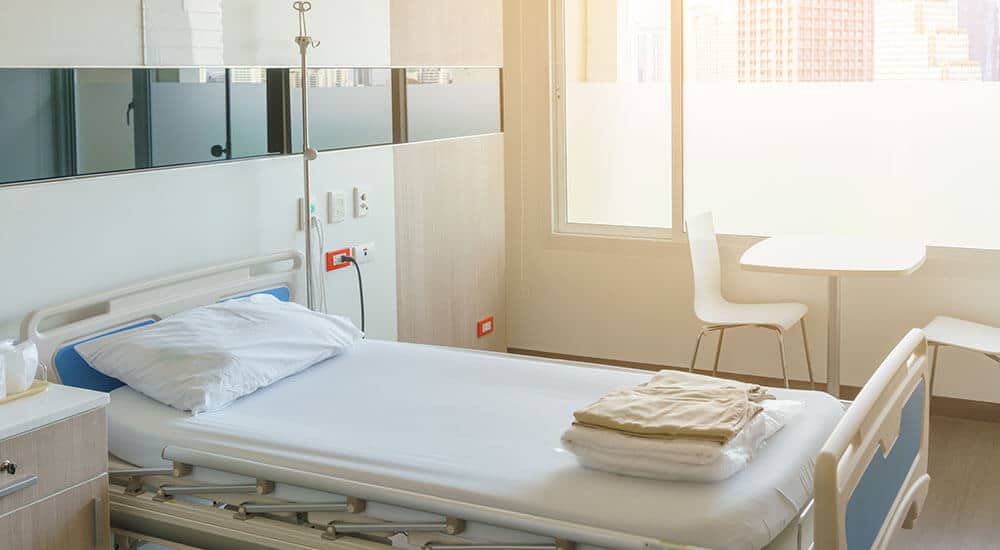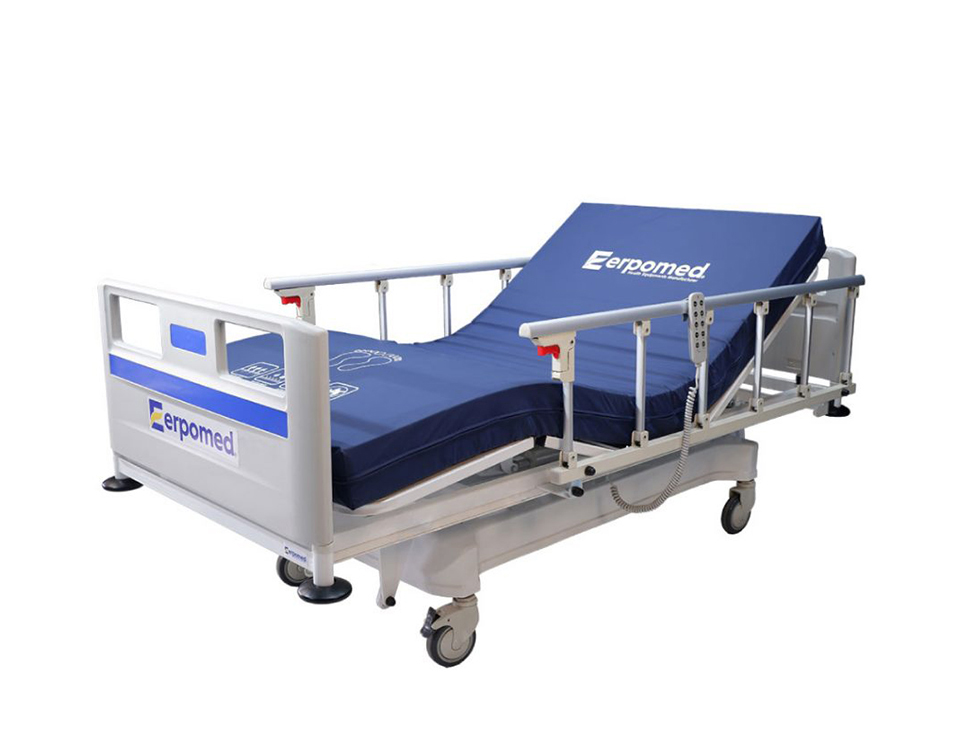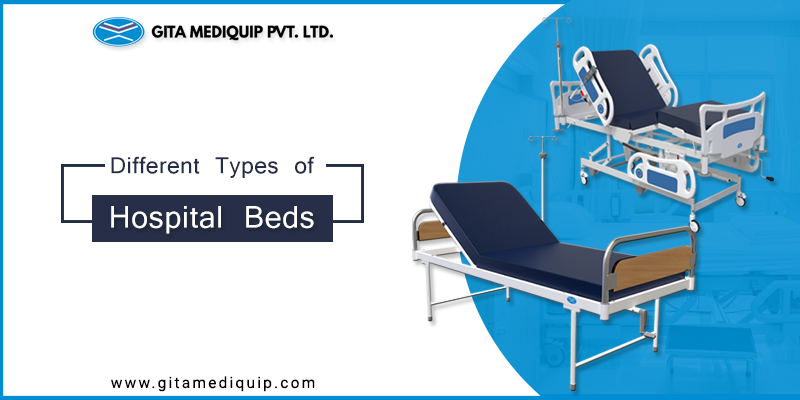Getting My Hospital Beds For Home Use To Work
Getting My Hospital Beds For Home Use To Work
Blog Article
Hospital Beds For Home Use - An Overview
Table of ContentsThings about Hospital Beds For Home UseGetting The Hospital Beds For Home Use To WorkA Biased View of Hospital Beds For Home UseThe Best Guide To Hospital Beds For Home UseIndicators on Hospital Beds For Home Use You Need To KnowHospital Beds For Home Use - TruthsThe Main Principles Of Hospital Beds For Home Use
There are 3 main kinds of health center beds: manual, semi-electric, and fully-electric. Nonetheless, more kinds of clinical beds exist and they are listed below. These beds utilize hand cranks to readjust the bed's elevation and increase and reduce the head and the foot. Hand cranks are usually found at the foot of the bed and need an individual that is physically with the ability of operating.
Semi-electric beds have an electrical motor to elevate and decrease the head and foot sections of the bed (hospital beds for home use). Full-electric beds have an electrical motor that can increase the head and foot sections of the bed as well as the entire elevation and positioning of the bed.
Hospital Beds For Home Use Fundamentals Explained
There are numerous types of health center beds, each created to meet details individual needs. Below are some common kinds: This is the most typical kind of healthcare facility bed, created for general medical use.
Reduced to the ground than a basic bed. This sort of bed is designed for larger people, with a broader frame and higher weight ability than a basic bed. This sort of bed is made particularly for youngsters, with smaller sizes than a common bed. Unique features such as full size side rails and anime style.
This sort of bed is developed for seriously unwell people who require open tracking and specialized clinical devices such as ventilators and mixture pumps. This sort of bed is made for usage throughout labor and delivery, with flexible positions and features to support the mother and infant during the birth process.
Top Guidelines Of Hospital Beds For Home Use
Numerous function and the devices execute increasing grip to different components of the vertebra and the extremities without relocating the human body. These are just a couple of examples of the sorts of medical facility beds offered. The particular type of bed used will certainly depend upon the client's condition, clinical requirements, and other elements.
Here is things you need to know. A one-function hospital bed is a medical bed that allows a patient to move just the head or foot area up or down. A 2 function medical facility bed usually refers to a kind of medical bed that has two flexible functions to aid clients in medical facilities or care centers.

All about Hospital Beds For Home Use
A 7-function ICU bed is a kind of medical bed that provides a number of flexible features to support seriously unwell people in a critical care unit (ICU) (hospital beds for home use). The seven functions typically include: Backrest adjustment: The back-rest can be adapted to numerous angles to aid the patient stay up or rest easily
Elevation modification: The bed can be elevated or decreased to make it easier for clients to obtain in and out of bed, and for caretakers to provide care. Trendelenburg setting: The whole bed can be slanted to advertise blood circulation and circulation in the body. Reverse Trendelenburg setting: The bed can additionally be slanted in the contrary instructions to promote blood flow and blood circulation in the upper body.
While more cost effective than electrical models, these beds require exertion for changes. The primary advantages of hand-operated beds are their price and integrity, as they don't count on electrical power. The requirement for manual initiative can be a limitation in circumstances where quick modifications are required or where caretakers face physical obstacles.
What Does Hospital Beds For Home Use Mean?
Semi-electric health center beds provide a balance of manual and electric controls. These beds offer an optimal middle ground between manual and fully electric options, providing simplicity of use without the full cost of electrical versions.
Semi-electric beds are fit for people that require modest modifications to the head and foot areas however can handle without regular height modifications. This makes them an economical remedy for those looking for convenience and ease without the demand for consistent repositioning. Completely electric hospital beds feature electrical controls for smooth adjustments to the height, head, and foot sections.
Specialty medical facility beds, such as ICU beds, long-term treatment beds, and bariatric beds, are thoroughly developed to address details clinical needs. These beds supply customized look after diverse individual groups, improving both results and comfort. In the following areas, we will discover the primary types of specialty hospital beds, outlining their specific advantages and applications.
With years of experience in producing more tips here electrical direct actuators - hospital beds for home use and close partnership with the healthcare sector, TiMOTION is well-positioned to offer reliable healthcare services. Our up and down incorporated company handles every step of the production process, from style to actuator assembly, guaranteeing we deliver phenomenal value and tailored services customized to your specific requirements
Hospital Beds For Home Use Can Be Fun For Everyone

To discover even more about incorporating these technologies right into your products, call us today. Further analysis:.
Information is sourced my latest blog post from the Medicare Cost Record.

The Basic Principles Of Hospital Beds For Home Use
A hospital bed is a bed made especially for clinical functions. It is not only a place for people to relax, yet also a system for medical operations. Unlike normal home beds, health center beds generally have flexible best site features, which can facilitate clinical staff to make numerous modifications according to the needs of patients, such as transforming the height, disposition, and support angle of the back and legs of the bed.
Report this page